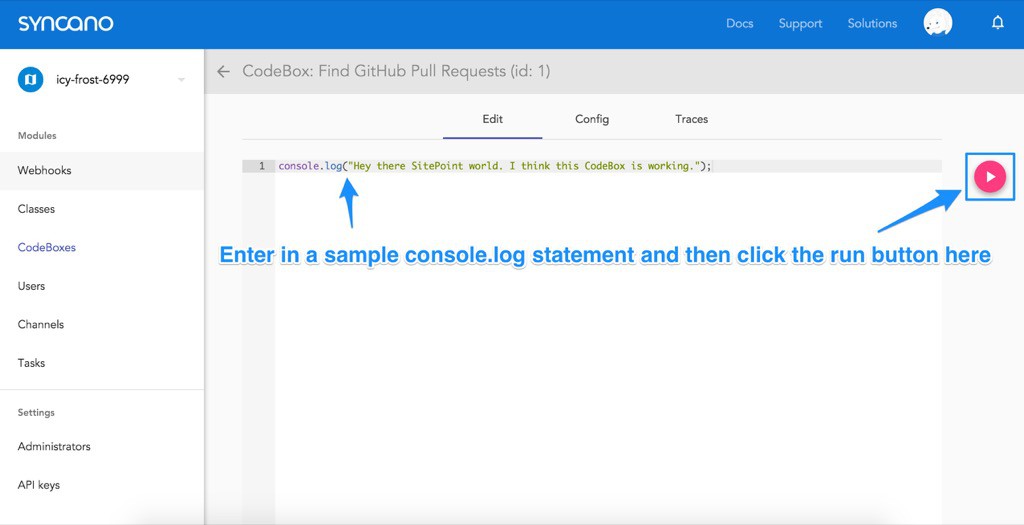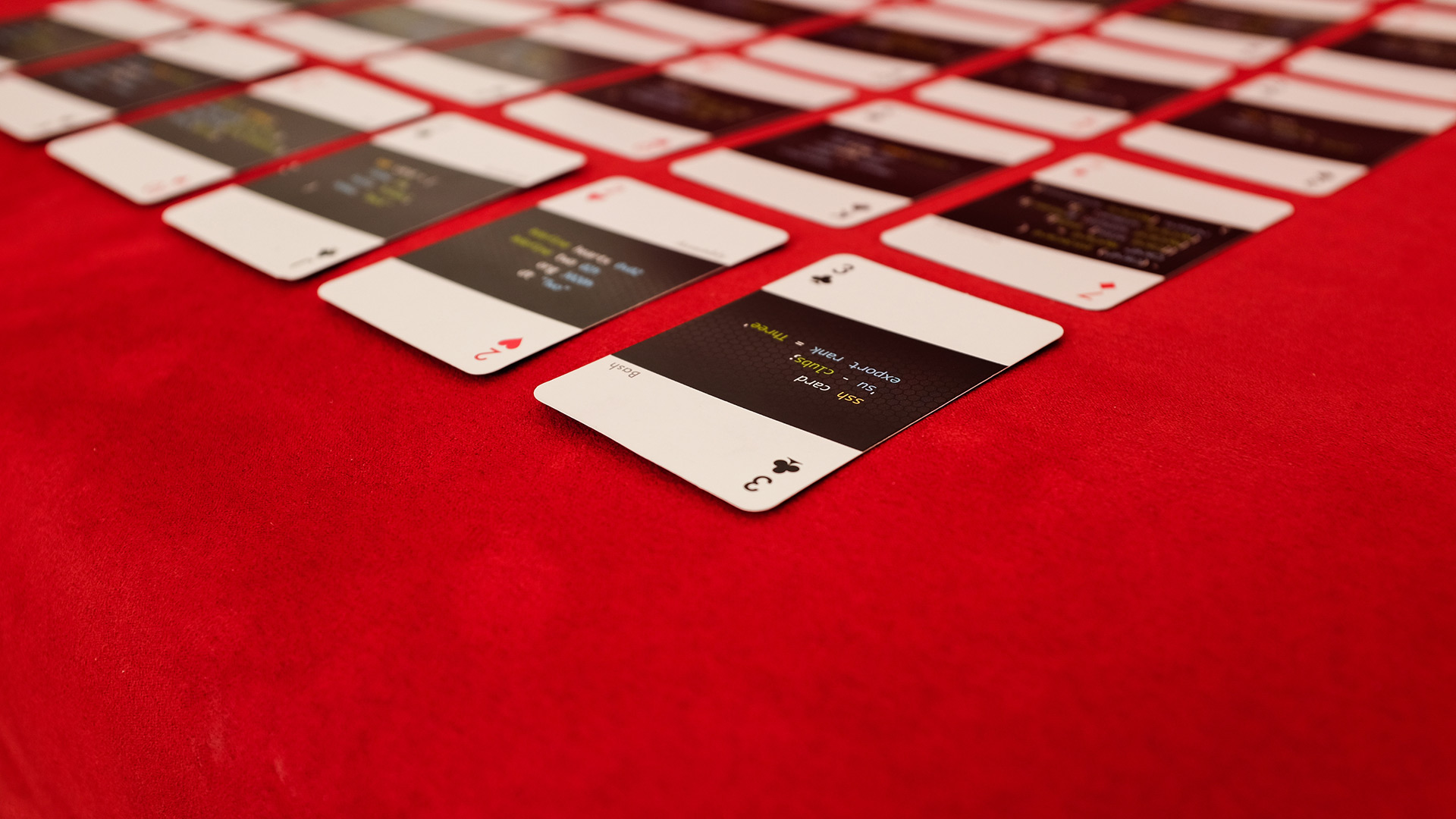



clicking on something (a span) inside an anchor makes only the *anchor* active (not the span)ġ2:56:04 EE: and clicking on a triple-nested link should only apply :active to the link that's been activatedġ2:56:20 DB: not sure that this is something that should be defined differently in different specsġ2:56:50 SCXML and the SMIL State module define state (but I don't know if they are compatible with each other, much less what CSS would mean by "state")ġ2:56:52 DS: (Doug Schepers): there are two specs that define states: SMIL and an SVG specġ2:57:39 EE: So we want text for the :hover issue.ġ2:58:22 EE: I'm ok with saying that the parent of an element that's :active is not necessarily :active, but that :hover is propagated to ancestors.ġ3:00:22 BB: Leave it undefined for :active because we don't know what elements can be activated.ġ3:00:44 So I said that Opera activates the innermost link, where Firefox activates the outermostġ3:00:52 DG: The original issue was just this one clarification.ġ3:00:59 DB: But it was a clarification about something that's explicitly undefined.ġ3:01:13 And that what Opera does is currently specified in HTML5 and probably matches what IE does (you can test using submit buttons and links)ġ3:01:29 BB: if an ancestor has a hover selector does that block propogation?ġ3:01:55 PL: no, the existance of selectors is indpendent of event propogationġ3:02:43 BB: if you have two ancestors with pop-ups on hover, you will get both unless the first one blocks propogationġ3:04:04 If an element that is ':hover' causes its parent toġ3:04:04 be in ':hover', then it is possible for an element that is not underneathġ3:04:05 the pointing device is in ':hover'.ġ3:05:27 If an element that is ':hover' causes its parent toġ3:05:27 be ':hover', then it is possible for an element that is not underneathġ3:05:27 the pointing device to be ':hover'.ġ3:06:19 if :hover applies to an element causes :hover apply to the parent element, then it's possible :hover applies to an element that is not underneath the pointing deviceġ3:08:53 BB: the typical use case for "hover" is to indicate what can be activated so only the things that can be activated should be in hover not all ancestorsġ3:08:53 If it's possible for ':hover' to apply to an element because itsġ3:08:53 child is designated by a pointing device, then it's possible forġ3:08:53 ':hover' to apply to an element that is not underneat the pointingġ3:08:58 If it's possible for ':hover' to apply to an element because itsġ3:08:58 child is designated by a pointing device, then it's possible forġ3:08:58 ':hover' to apply to an element that is not underneat the pointingġ3:10:20 DB: the WG did not resolve that hover was heirarchical but with IE8 all implementations seem to make it hierarchicalġ3:10:45 N.B. 12:52:18 AvK: active only applies to the element being activated is active, but in Mozilla and Webkit the ancestors are active as wellġ2:52:55 AvK: I thnk that in Firefox, nested links have some anomolies in behaviorġ2:53:45 EE: CSS does not define what elements get activated or for how longġ2:55:09 DB: current spec says "while it is being activated" not "while it is active".ġ2:55:33 EE: e.g.


 0 kommentar(er)
0 kommentar(er)
